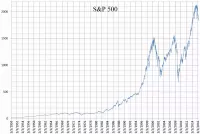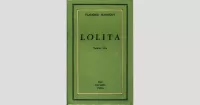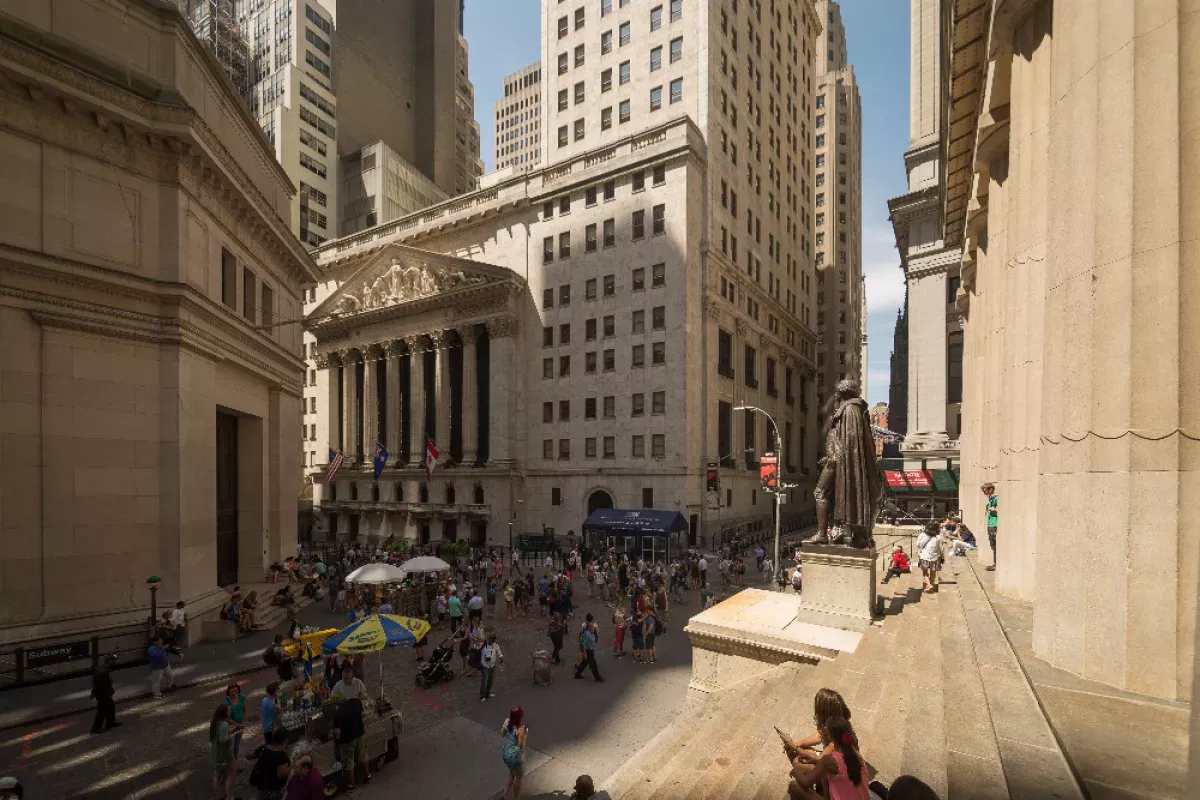The stock market serves as a platform where buyers and sellers trade stocks, representing ownership in businesses. This includes publicly listed securities and privately traded shares. Investment strategies guide participation in the stock market, which plays a crucial role in capital formation and wealth creation.
October 24, 1929: Black Thursday and the Start of the Great Depression
One of the most famous stock market crashes started on October 24, 1929, known as Black Thursday. The Dow Jones Industrial Average lost 50% during this stock market crash, marking the beginning of the Great Depression.
1929: Regulation of Margin Requirements after the 1929 Crash
Regulation of margin requirements (by the Federal Reserve) was implemented after the Crash of 1929. Before that, speculators typically only needed to put up as little as 10 percent (or even less) of the total investment represented by the stocks purchased.
1929: Black Monday and Black Tuesday of 1929
The names "Black Monday" and "Black Tuesday" are also used for October 28–29, 1929, which followed Terrible Thursday—the starting day of the stock market crash in 1929.
1929: Wall Street Crash of 1929
There have been a number of famous stock market crashes like the Wall Street Crash of 1929.
1960: Worker to Beneficiary Ratio in 1960
Economic and financial theories argue that stock prices are affected by macroeconomic trends. In the year 1960, the Worker to Beneficiary ratio was 5:1.
1973: Stock market crash of 1973–4
There have been a number of famous stock market crashes like the stock market crash of 1973–4.
1980: Market capitalization in 1980
In 1980, the total market capitalization of all publicly traded stocks worldwide was US$2.5 trillion.
1986: Automation of the Paris Bourse in 1986
In 1986, the Paris Bourse, now part of Euronext, introduced the CATS trading system, fully automating the order matching system and transitioning from an open outcry exchange to an electronic stock exchange.
October 19, 1987: Black Monday Stock Market Crash
Another famous stock market crash took place on October 19, 1987 – Black Monday. The crash began in Hong Kong and quickly spread around the world.
1987: Stock Market Crash of 1987
The 'hard' efficient-market hypothesis does not explain the cause of events such as the crash in 1987, when the Dow Jones Industrial Average plummeted 22.6 percent—the largest-ever one-day fall in the United States.
1987: Aftermath and Response to the 1987 Crash
The stock market crash in 1987 raised questions about rational human conduct, market equilibrium, and the efficient-market hypothesis. Trading was halted, and the Federal Reserve and other central banks took measures to control the spreading of a financial crisis. The SEC introduced new measures of control.
1987: Black Monday of 1987
There have been a number of famous stock market crashes like Black Monday of 1987.
1992: Stock Ownership in 1992
In 1992, direct ownership of stock by individuals was 17.8%, while indirect participation in retirement accounts was 39.3%.
2000: Dot-com bubble of 2000
There have been a number of famous stock market crashes like the Dot-com bubble of 2000.
2003: Paper on Stock Market Participation Rates in 2003
In a 2003 paper, Vissing-Jørgensen attempted to explain disproportionate rates of participation along wealth and income groups as a function of fixed costs associated with investing. The research concluded that a fixed cost of $200 per year is sufficient to explain why nearly half of all U.S. households do not participate in the market.
2006: Making Economic Sense
Murray Rothbard published "Making Economic Sense" in 2006.
October 2007: Beginning of the Great Recession
Starting in October 2007, financial markets experienced one of the sharpest declines in decades, marking the beginning of the Great Recession.
2007: Stock Ownership in 2007
By 2007, direct ownership of stock by individuals rose slightly to 17.9%, with the median value of holdings rising. Indirect participation in retirement accounts increased to 52.6%, with the median value more than doubling. Tax incentives favored indirect investment.
2007: Stock Holdings Across Income Strata in 2007
In 2007, significant differences existed across income strata in stock market participation rates and holding values. The top decile of income had a direct participation rate of 47.5% and an indirect participation rate of 89.6% with median directly owned stock valued at $78,600 and indirect stock at $214,800.
2008: Increased Scrutiny of Stock Market Structure after 2008 Financial Crisis
Events such as the 2008 financial crisis prompted heightened scrutiny of the impact of the structure of stock markets (called market microstructure), in particular to the stability of the financial system and the transmission of systemic risk.
2008: The Great Recession of 2008
Since the onset of the Great Recession in 2008, households in the bottom half of the income distribution lessened their participation rate both directly and indirectly.
2008: Stock Market Crash of 2008
There have been a number of famous stock market crashes like the Stock Market Crash of 2008.
March 2009: Sharp Decline in Financial Markets by March 2009
From October 2007 to March 2009, the S&P 500 fell 57% during the Great Recession.
2009: Worker to Beneficiary Ratio in 2009
Economic and financial theories argue that stock prices are affected by macroeconomic trends. In the year 2009, the Worker to Beneficiary ratio was 3:1.
2011: Stock Market Ownership by Race in 2011
In 2011, the racial composition of stock market ownership showed that households headed by whites were nearly four and six times as likely to directly own stocks than households headed by blacks and Hispanics, respectively. The national rate of direct participation was 19.6%, for white households the participation rate was 24.5%, for black households it was 6.4% and for Hispanic households it was 4.3%.
February 2012: Introduction of Single-Stock Circuit Breakers in Canada
In February 2012, the Investment Industry Regulatory Organization of Canada (IIROC) introduced single-stock circuit breakers.
2012: Padhi and Naik on the role of stock markets in economic growth
According to Padhi and Naik in 2012, stock markets play an essential role in growing industries that ultimately affect the economy through transferring available funds from units that have excess funds (savings) to those who are suffering from funds deficit (borrowings).
April 2013: Recovery of the S&P 500 to 2007 Levels
From October 2007 to March 2009, the S&P 500 fell 57% and wouldn't recover to its 2007 levels until April 2013.
2013: Stock Holdings Across Income Strata in 2013
In 2013, households in the bottom half of the income distribution lessened their participation rate both directly and indirectly from 53.2% in 2007 to 48.8% in 2013, while households in the top decile of the income distribution slightly increased participation 91.7% to 92.1%. The mean value of all stock holdings across the entire income distribution was valued at $269,900.
2016: Stock Exchanges in 2016
As of 2016, there were 60 stock exchanges globally, with 16 having a market capitalization of $1 trillion or more, accounting for 87% of the global market capitalization. These 16 exchanges were primarily located in North America, Europe, or Asia, with the exception of the Australian Securities Exchange.
February 20, 2020: Start of the 2020 Stock Market Crash
The 2020 stock market crash, a major and sudden global event, began on February 20, 2020, due to the sudden outbreak of the global pandemic, COVID-19.
2021: World Stock Market Increase in 2021
In 2021, the value of world stock markets experienced an increase of 26.5%, amounting to US$22.3 trillion. Developing economies contributed US$9.9 trillion and developed economies US$12.4 trillion. Asia and Oceania accounted for 45%, Europe had 37%, and America had 16%, while Africa had 2% of the global market.
January 2022: Largest Stock Markets in January 2022
As of January 2022, the United States of America held the largest stock market share at approximately 59.9%, followed by Japan at about 6.2%, and the United Kingdom at approximately 3.9%.
2023: Market capitalization in 2023
By the end of 2023, the total market capitalization of all publicly traded stocks worldwide had risen to US$111 trillion.
2030: Worker to Beneficiary Ratio in 2030
Economic and financial theories argue that stock prices are affected by macroeconomic trends. In the year 2030, the Worker to Beneficiary ratio is expected to be 2.2:1.
Mentioned in this timeline
Hong Kong is a Special Administrative Region of the People's...
Africa is the second-largest and second-most populous continent comprising of...
Japan is an East Asian island country situated in the...

The S P is a stock market index that tracks...
The Dow Jones Industrial Average DJIA often called the Dow...
Canada is a North American country the second largest in...
Trending
4 months ago Trump Involved in Kennedy Center Honors Announcement, Surprising Staff with his appearance.

Lolita a novel by Vladimir Nabokov centers on Humbert Humbert a literature professor obsessed with Dolores Haze a -year-old girl...
7 months ago Galatasaray vs Kayserispor: Match Details, Championship Hopes, and Okan Buruk's Strategy

2 months ago Learner Tien faces Nuno Borges in ATP Paris Masters 2025 first round.

8 months ago Wiz Khalifa Questions Earth's Shape: Rapper's Flat Earth Theory Explained
18 days ago Seattle Thanksgiving Weather: Records, Calming, and Possible Cold Patterns Looming Ahead
Popular

Candace Owens is an American conservative political commentator and author...

XXXTentacion born Jahseh Dwayne Ricardo Onfroy was a controversial yet...

Tucker Carlson is an American conservative political commentator known for...

Ilhan Omar is an American politician currently serving as the...

Kashyap Pramod Patel is an American lawyer who became the...

Charles James Charlie Kirk was a prominent American right-wing political...
